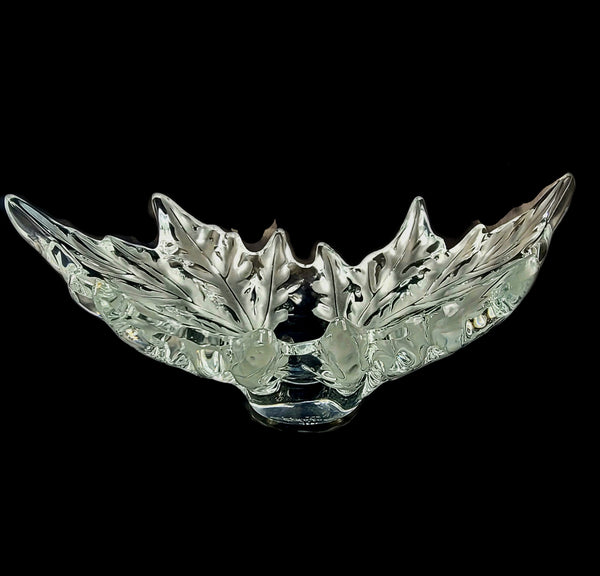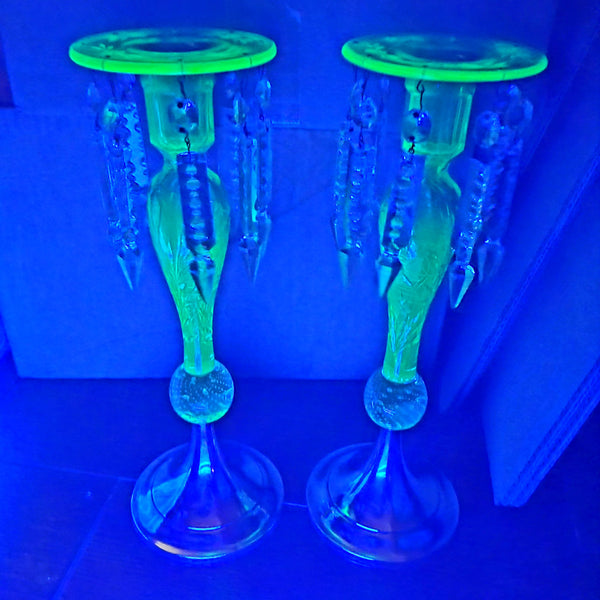How to Identify Glass

Once you know how to decipher whether a piece of glass is old or not, you have a starting place to identify what type of glass you are looking at. Glass is shaped in one of three ways. It is either blown by hand, pressed into a mold, or shaped by blowing into a mold. Asking yourself the following questions can help you through the process of elimination to better formulate an idea of the type and value of any piece of glass.
Always look for any Maker's Marks. Is the glass marked on the bottom with a signature, date, or maker's mark? For example, more modern pieces of Fenton glass are numbered giving you the decade the piece was made in. Old Fenton pieces will not display the company name at all. Glass company logos also changed over the years. Looking up how a logo is displayed on the bottom of a piece lends itself to clues as to the age of the piece. Signed pieces typically hold more value depending upon the age and characteristics of the piece although not necessarily true of older Fenton pieces of glass.
*Kovels publishes several books that serve as great guides of maker's marks that make excellent additions to any resource collection.
Consider the technology used behind the making of the piece? How was the piece made? Do you notice mold marks? There will be no mold marks if the piece is hand blown. If you see a pontil on the bottom you know the piece was hand blown as there will be a scar where the pontil rod was broken from the piece. Has the pontil been polished? Some makers were notorious for producing different lines of glass with polished pontils. This is also many times an indicator of a more expensive piece of glass. Does the piece you have in question give you any clues as to what era it was produced in, like Art Nouveau, Victorian era, etc.
Can you identify whether the piece of glass is cut glass or pressed glass? You can easily tell by carefully pushing your finger into an area where the glass is molded. If it feels sharp like it may cut you, it is probably cut glass. Otherwise, this is a really easy way to tell if you are looking at a pressed piece of glass. Pressed glass will sometimes show dimples on the inside of the piece. Is there a pattern that is identifiable? Are the mold lines ground down? Companies took the time to grind down mold lines on more expensive pieces of glass.
One clue to identifying cut glass is that there will never be mold lines on cut glass. During the 19th and 20th century many pieces of cut glass were marked with an acid signature that can be very hard to find. Typically signatures will be on the bottom of a piece, but can also be on the inside or anywhere there is a flat surface. Hold the piece up to very bright light at an angle and rotate the piece carefully in your hands to use the light to help you find a glimmer of the white marking of a signature which will be very small. Cut glass made prior to the 19th century will many times be unmarked.
This post may seem frustrating, but don't despair. There will be more in this series of blog posts to help you identify glass as we delve more into the different kinds of glass and how and when it was produced.
Leave a comment
Comments will be approved before showing up.




